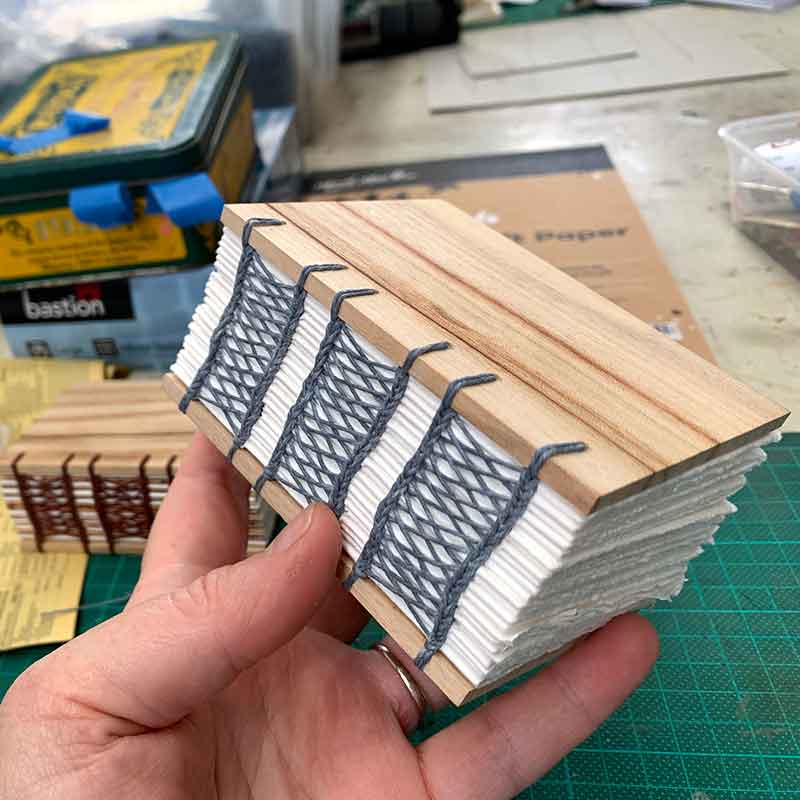Dear Blue … I love You … Pushing Cyanotype Boundaries
Did you know … blue is the most common favorite colour, worldwide; purple comes in second (according to studies carried out by various global marketing big wigs).
Blue is absolutely MY personal most favourite colour – a deep cool Phthalo and Prussian blue in particular.
Also Indigo.
I’m not as keen on Ultramarine blue (although the ceiling at the Empire Revival antique store, in Brisbane, has the most luscious Ultramarine night sky blue painted on its ceiling), but Manganese and Cerulean blues are high on my list.
I was introduced to the delicious Prussian blues of Cyanotype about 5 years ago – it was love at first sight. At its most basic – the cyanotype chemistry and process produces a simple consistent tone of blue. You can mix and fiddle with the chemistry to alter the strength of that blue – but generally, its light Prussian blue, Prussian blue and dark Prussian blue.
I run cyanotype workshops and am sometimes asked if cyanotype comes in any other colour.
In short … no.
The nature of the process and its chemistry is such that it will ultimately render itself blue. A Prussian blue.
Albeit with some gorgeous greys and luscious purples on its way to that blue.
BUT …
This is where the process gets even more exciting. Introducing …
Wet Cyanotype
Add water to create ‘wet cyanotypes’ and a whole new world of blue comes into play. And greens. Sometimes pinks and browns. Yellows.
Below are two wet cyanotype prints I made several years ago. You can see a range of colours from yellow to green to blue in them.
I love to work with my botanicals with my cyanotype prints. I find much pleasure in selecting plants from my garden – looking at shapes, size, sometimes texture, imperfections. Sourcing my botanicals is a whole meditative process in its own right.
These two prints were regular prepared cyanotypes, placed in the sun for exposure, then water was quite literally ‘thrown’ over them while they sit blissfully in the sun. They was nothing fancy in my approach. No finesse. Just water poured over the glass that held the plate materials in place on the sensitised papers. These were definitely created with a sense of releasing the attachment to the outcome – and a sense of “what happens if …”.
You can add water to the cyanotype-prepared paper – sprinkle, splash or pour directly onto the paper itself. Or pour (or hose) it over top of you paper with its glass covering when it is sitting in the sun during exposure. I like to play with a combination of all of the above.
The magic of the colour variations is in the fact that adding water to the sensitised paper dilutes the chemistry on the paper, altering the end-result.
Below are a few exposure-in-progress photos. The prints themselves have been used in book projects, so I unfortunately don’t have them to show you. But you can see the water interacting with the cyanotype chemistry on the paper.
Wet cyanotype is unpredictable and spontaneous. Exactly why I love it!
Recent Wet Cyanotype prints
The images below are photographs of wet cyanotype prints I created early-2021. They were recently shown in my Hinterland (mini) solo exhibition in Maleny.
There is a little more happening in each of them, beyond ‘just’ a wet cyanotype. I have added some very subtle pigments to the sensitised papers and in some there are layers of other printmaking processes.
I had so much fun making them.
They have all been sun-printed with plant materials found around my garden. And the composition of each tells a story from within my garden. There is layering in each – layering of several different printmaking processes as well as cyanotype layering.
Some prints were saturated with water during their exposures. Others not-so-saturated. But in all of them – I composed the elements and let the chemistry finish the job in each for me.
They were left out in th.e sun for 3-6 hours each. I would visit them every so often to see how they were progressing
Try as you might – you will NOT be able to replicate a wet cyanotype print.
I lost count of how many wet cyanotype prints I made during this time. I was playing and experimenting and exploring the process and mixing printmaking processes and splashing water about. So.Much.Fun!
Below are other prints from that time. I’m not as fussed with them as the prints above – but there is something in each that I quite like.
Want to learn more about Cyanotype?
I run in-person workshops from my studio in Maleny, just north of Brisbane. We are so lucky in Australia – we can create cyanotype prints pretty much year-round. I have created intense blue prints during periods of solid rain, and I can create cyanotype prints using the sun as the UV light source in the middle of winter.
We are very blessed with our UV light. For cyanotype. Not so much for our skin.
Anywho …
I run in-person workshops from my Maleny Studio. Click here to see what dates are coming up.
And I am getting ready to launch my online Cyanotype Workshop. I am so excited to be taking this to a bigger audience that my in-person workshops.
The first cyanotype workshop will go through all the basics of the process.
The exciting thing about understanding the basics is that then you can push the boundaries.
My online Cyanotype workshop launched in January 2023. Cyanotype Beyond the Basics online will follow later in the year. The Beyond the Basics workshop will detail exactly how I achieved the results of the images above.



















I’d love to see your online workshops – esp wet Cyanotype. Please add me to your mailing list.
Hi Patricia, thank you for stopping by 🙂 You can read about and sign up for the online workshop here – https://kimherringe.com.au/workshops/cyanotype-online-workshop/ It has a bonus module introducing wet cyanotype. The Beyond the Basics workshop will be online in a few months and that will go in to a lot more detail about how I approach wet cyanotype. To sign up for my email list, can you add your name and email here – https://kimherringe.com.au/contact/newsletter/ cheers, Kim
Your work is amazing.ive been expiremnting wet cianotipe for over 3 years,and i cant have enough of the blue.can i ask ,how can i reach the yellowish part?
Hi Ayelet, wet cyanotype is unpredictable. What I have found is the wetter you make your paper and the longer you expose it, the closer you get to the lighter yellow/brown colours. My exposures range from 4-8 hours, depending on my patience and the time of year. I also live in a climate with very strong natural UV light, so a 4 hour exposure for me may be the same as an 8 hour exposure in other parts of the world. Whereabouts are you located? cheers, Kim
I am so happy I came across your website. I just purchased the chemicals yesterday, so this beautiful information is such blessing. Thank you.
I have relatives that live in Perth. Someday I hope to visit them.
Hi Tracey, OH HAVE FUN !!!! Cyanotype is such an exciting process to play with, experiment with, and explore. Enjoy 🙂
wow this is so fascinating. I am just starting my cyanotype journey having come from contact eco-printing. A new addiction I think after reading your post!
It is such a simple and beautiful process – and one that calls for experimentation 🙂